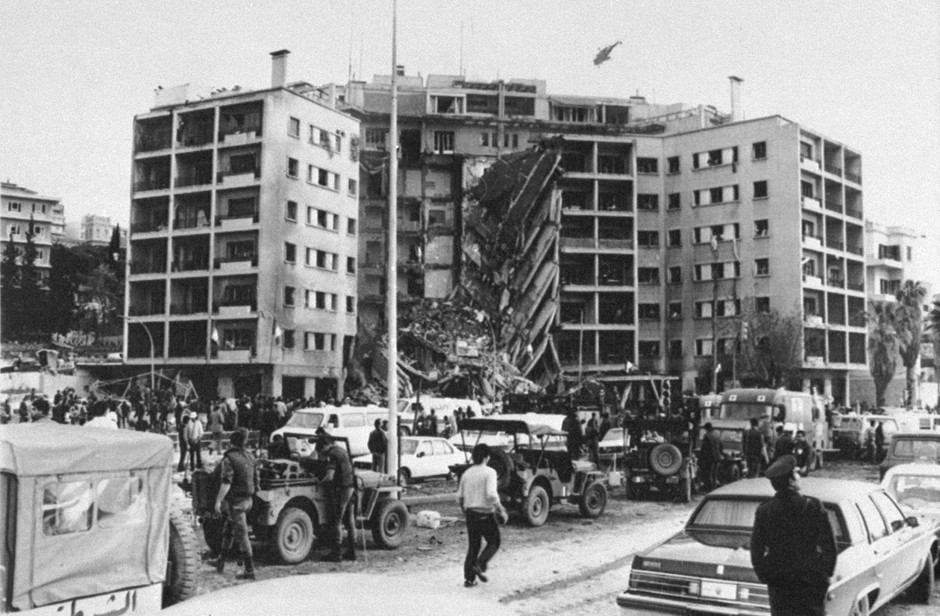Robert Ames, a Central Intelligence Agency operative, conducted the first clandestine talks between the United States and the Palestine Liberation Organization, the representative body of the Palestinians. By opening this secret back channel, writes Kai Bird in The Good Spy: The Life and Death of Robert Ames (Crown Publishers), he “planted the seeds” of a diplomatic process that culminated with the Oslo peace accords in 1993.
The Oslo framework, which inspired hope that a two-state solution was imminent, broke down following the outbreak of the second Palestinian uprising in September 2000. Oslo, nonetheless, left a legacy that peace is possible, if there is a will and a way.
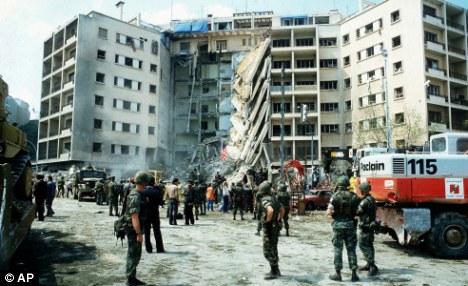
Ames, who became the CIA’s chief Middle East analyst toward the end of his career, did not live long enough to witness the flowering of Oslo, having been killed in a massive explosion on April 18, 1983 that heavily damaged the U.S. embassy in Beirut. The blast, which claimed the lives of 63 people, was perpetrated by Hezbollah, which to this day is still at odds with the United States.
Bird, the son of an American diplomat who served in Beirut and knew Ames, has written a sympathetic account of an Arabist who was drawn to the Arabic language and to Arab culture and history. Ames spent his entire career in the Middle East — Saudi Arabia, Yemen, Iran and Kuwait — before returning to CIA headquarters.
His understanding of the region inspired respect. President Jimmy Carter asked Ames to prepare the briefing books for the 1978 Camp David summit, which laid the groundwork for Israel’s 1979 peace treaty with Egypt. President Ronald Reagan, in 1982, called upon him to work on his Arab-Israeli peace plan. No wonder Reagan referred to Ames as “Mr. Middle East.”
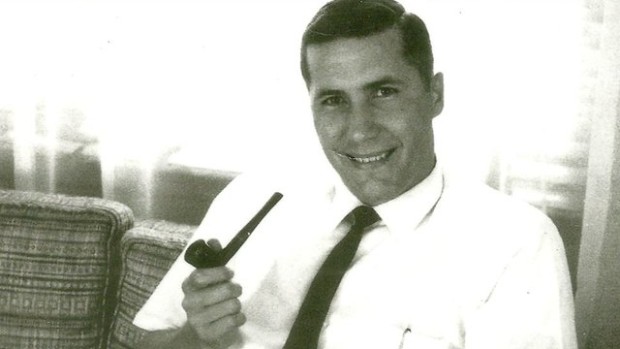
Much of The Good Spy uncovers Ames’ heretofore unknown role in laying the foundation for the United States’ relationship with the PLO. Ames did so by befriending Ali Hassan Salameh, the PLO’s chief of intelligence. Ames, who was adept at cultivating sources, was introduced to Salameh by a mutual acquaintance, Lebanese businessman Mustafa Zein.
Salameh’s father, Sheikh Hassan, was a fierce Palestinian nationalist who commanded an anti-Zionist militia in the Lydda-Ramla district. When the grand mufti of Jerusalem, Haj Amin al-Husseini, fled Palestine in 1939, he joined him in his new home in Nazi Germany.
At Salameh’s suggestion, Germany formed a special commando team to incite the local Palestinian population against British rule in Palestine. On Oct. 5, 1944, the five-member squad, led by a German SS officer who had grown up in the German Templar community of Sarona in Palestine, parachuted from a small plane over the Jericho Valley. The mission was a flop and Salameh escaped, blending into the Palestinian community.
After the United Nations passed the Palestine partition plan on Nov. 29, 1947, Salameh turned his talents to guerrilla warfare. During an attack against Jews, he was wounded. He died on June 2, 1948.
Ali Hassan Salameh was six when his father succumbed to his wounds. Conscious of his family pedigree, Salameh was active in Palestinian affairs. His mentor was Yasser Arafat, the chairman of the PLO.
Ames, who met Salameh in the wake of the 1967 Six Day War, was
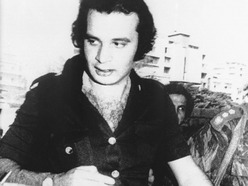
pro-Palestinian and “ambivalent” about Israel, says Bird. “Most CIA officers who spent any time in the region came to sympathize with the plight of the Palestinian refugees.”
Ames was encouraged to establish contact with Salameh because the United States needed better information about the Palestinian national movement. Since Washington considered the PLO a terrorist organization and shunned official ties with it, Ames’ encounters with Salameh were carried out in secrecy.
Both sides had something to gain from these contacts, writes Bird.
“It was a two-way street in which Ames tried to influence Salameh to have the PLO act more like a political party and less like a guerrilla organization, while Salameh tried to influence Washington, through Ames, to understand that it was unrealistic for U.S. policy makers to ignore the Palestinian cause.”
In effect, Bird points out, Salameh hoped that his talks with Ames would evolve into a de facto U.S. recognition of the PLO. Ames hoped that the United States, like the Arab League, would recognize the PLO as “the sole representative of the Palestinian people.”
No such thing happened for some years. But in 1988, after Arafat accepted UN Resolution 242 and renounced terrorism, Washington was ready to deal with the PLO.
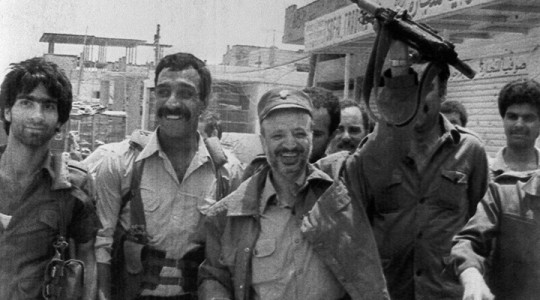
Ames himself met Arafat in 1977, when the Carter administration publicly insisted it would not countenance any dealings with the PLO. Ames did not immediately report the meeting, thus jeopardizing his job.
Israel had a grudge to settle with Salameh, strongly suspecting him of having been one of the masterminds of the 1972 Munich massacre at the summer Olympic Games in Germany. Having discovered that the Mossad — Israel’s external intelligence agency — intended to assassinate him, Ames informed Salameh that his life was in danger. Salameh, however, took no precautions to save himself.
In mid-January 1979, several Mossad officers travelling on forged Canadian and British passports arrived in Beirut to carry out the assignment. Salameh, riding in a convoy, was killed in Beirut on Jan. 22.
Ames was subsequently posted to Iran, where he was kept very busy. He took part in a secret mission to revive a back channel to a “moderate” faction of the Iranian regime. Its failure, Bird notes, spiralled into the Iran-Contra scandal. In 1980, Ames helped plan the abortive Desert One military mission to rescue U.S. diplomats, who had been taken captive in Tehran in 1979.
Reassigned to Washington, D.C., Ames worked on Middle East issues. After a five-year absence, he returned to the region in 1983, adding Beirut to his itinerary at the last minute. Ames was in an elevator in the U.S. embassy when the suicide bomber struck. Of the 63 fatalities, eight were CIA officers.
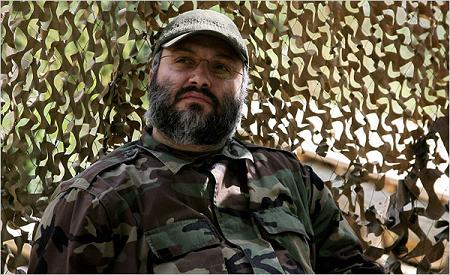
Bird speculates that Imad Mughniyeh, a senior Hezbollah official, orchestrated the embassy attack in concert with Iranian Revolutionary Guard officers. Twenty five years later, Mughniyeh was assassinated in Damascus. The Mossad, having acquired intelligence about Mughniyeh furnished by the United States, was probably responsible for the hit.
With his death, Ames’ murder was avenged. Or so it would seem.
